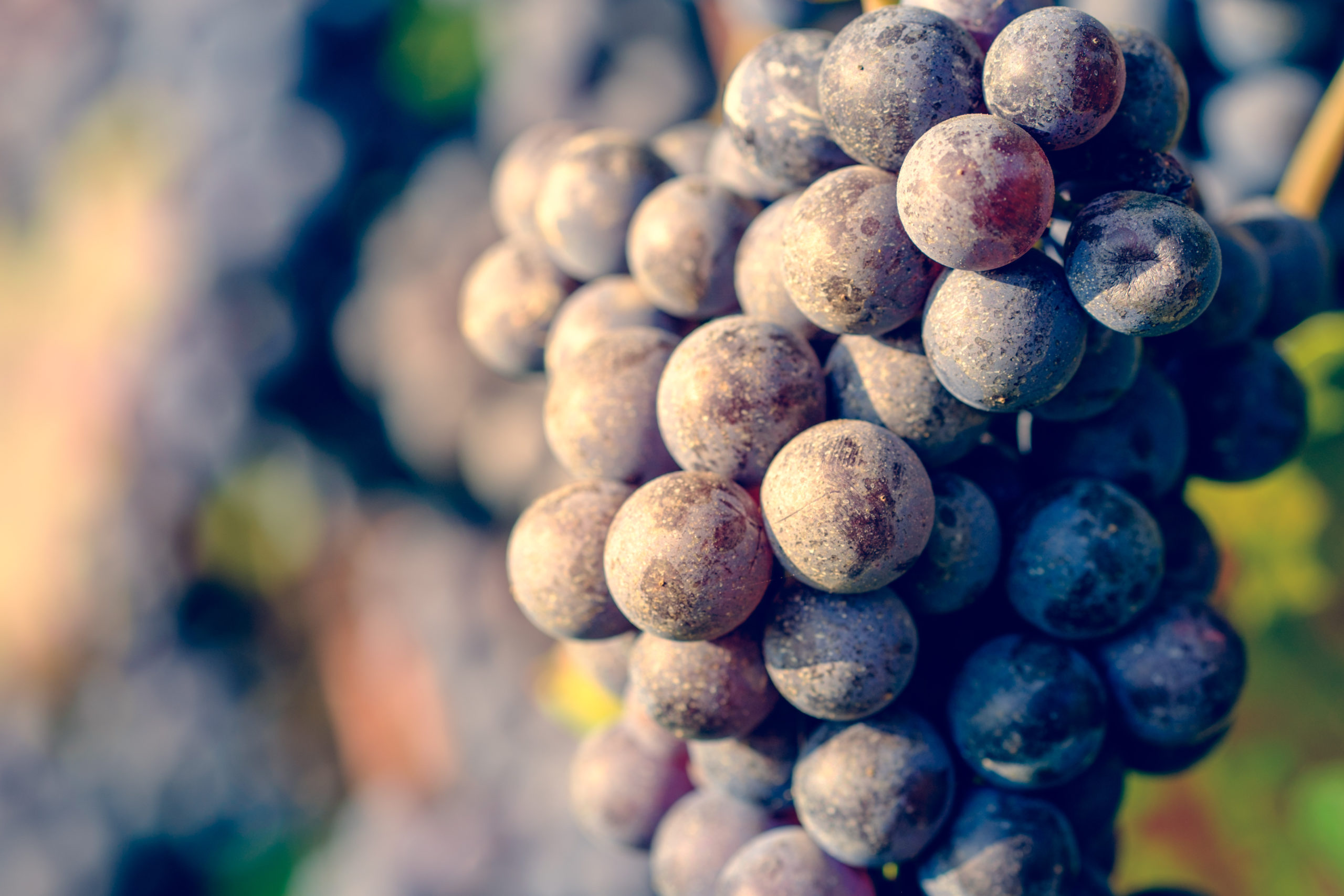To wrap up our month of celebrating Nebbiolo, we should take our final words on the subject to look at other Nebbiolo producing regions in Italy and around the globe and what they have to offer.
For those seeking the fullest expressions of all the unique terroirs that make Nebbiolo such an incredible grape, you’ll need to look outside of Barolo and Barbaresco to see what other climates and soils have to offer to this grape’s expression.
Other areas where you can find Nebbiolo in Italy:
- DOCG Ghemme and Gattinara may call the grape “Spanna” but it’s Nebbiolo, and offers a lighter style with a more earthy wine resulting from the local terroir. While not required to be 100% Nebbiolo, the winemakers in these regions to tend to favor Nebbiolo-dominated wines.
- DOC Carema is a northern, cool climate region producing Nebbiolos known for their perfumed vintages, however, some years have difficulty achieving ripeness.
- DOCG Roero is known globally for their white wine made from Arneis grapes, but Roero Rosso is required by law to be 95% Nebbiolo and results in a bold, fragrant expression.
- DOC Nebbiolo d’Alba is nearby DOCG Roero, but makes an even more complex style of Nebbiolo that is herald for its body.
- DOCG Valtellina Superiore in situated in the neighboring Lombardy region and is devoted to Nebbiolo, but under a different name. Here it goes by the name of “Chiavennasca” (named after the nearby town of Chiavenna), but make no mistake, same exact grape. While not mistaking how tannic a wine Nebbiolo is, the expression from this region is lighter in tannin and style, focusing on more earthy qualities of the wine. In addition to the standard Rosso wine of the region, an Amarone-like wine has been produced from Nebbiolo (Chiavennasca) since 2003 called Sforzato di Valtellina.
- DOC Curtefranca is in the larger DOCG Franciacorta which may be best known for their “baby Champagne” sparkling wines from mainly Chardonnay, but the Bordeaux-like Rosso wines from the region are bottled under the DOC Curtefranca naming and are a blended red based on Cab Sauv or Cab Franc mixed with Merlot, Nebbiolo, and Barbera.
And, then there’s the growths outside of Italy worth noting:
- California, USA is no stranger to Italian immigrants, and has been for a very long time. With Italians come their grapes. Since the 19th century however, Italian grape plantings have decreased due to the ever popular rise of Cab Sauv and Merlot in the state (and more recently Pinot Noir), with the majority of the remaining plantings being located in the Central Valley AVAs of the state. We recently did a very small Lot release series of Italian wines from the Clarksburg AVA that were varietally spot on – you’d have thought blindfolded you were drinking imported juice. It’s impressive that Nebbiolo continues a tradition of impressing, even in warmer New World AVAs. That said, there still isn’t a definitive home for Nebbiolo in CA, areas are still being experimented with today in an effort to find the best growing region (our bets however are on Clarksburg from our experience with it).
- Washington State, USA While Nebbiolo was introduced to WA considerably later than CA (first planted in 1985), they are still in the same process as the CA winegrowers – trying to find the perfect home for the grape and proper varietal expression.
- Australia had a rough start with Nebbiolo, but thanks to climate and soil studies, it has been found that excellent conditions similar to Piemonte in climate, humidity, and rainfall are to be found in Adelaide Hills and Margaret River, both of which are areas of note that produce anything from light, clear wines to full figured, bold expressions of Nebbiolo. Hundreds of Nebbiolo wines are produced annually now out of Australia and may be easier to find than CA or WA, US bottlings.
- Central and South America are still up for grabs with regards to the Nebbiolo department, but they are not shying away from the challenge. Experimental plantings in Chile and Argentina are currently being worked with, but like much of the new world, they will need to find the right intersection of rainfall, humidity, sun exposure, soil and drainage, as well as annual temperature. Some experimental plantings in Mexico in the Baja California region have shown early promise, but have yet to take a hold in the marketplace. That said, if you’re ever on a trip to Ensenada, Baja California, Mexico, we’d recommend trying to find a bottle to see for yourself how they’re doing down there.
And with that, we conclude our inaugural #febisnebb celebration. We look forward to next year and doing it all over again, cheers!

